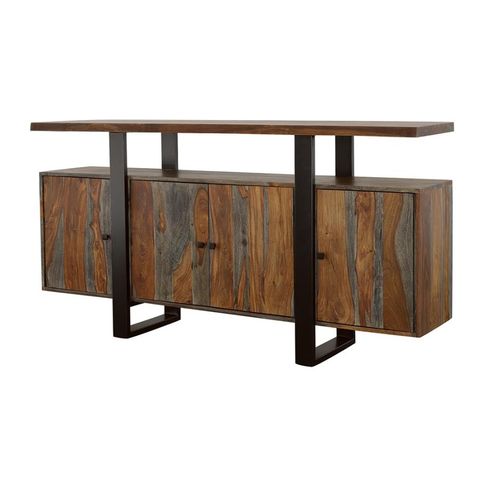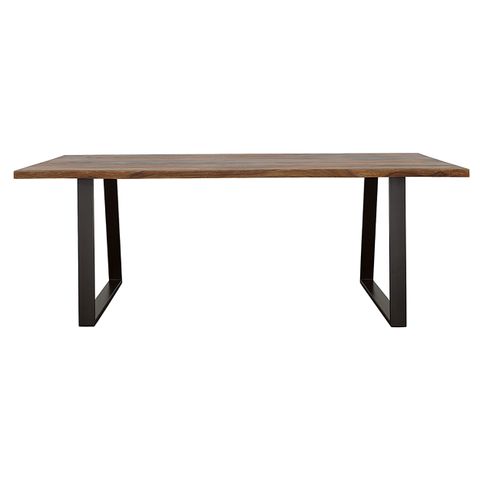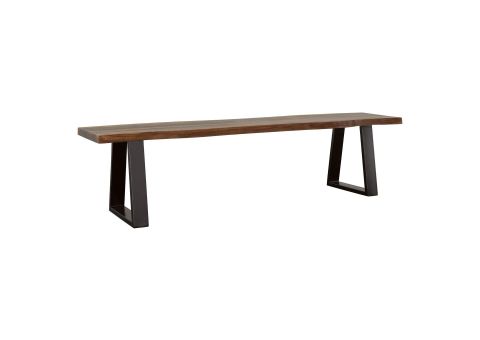In the world of interior design, few combinations capture attention quite like the marriage between natural wood grain and sleek, modern aesthetics. This isn’t just about adding a wooden accent to a minimalist space – it’s about creating something entirely new. When done right, the result feels both grounded and forward-thinking, like a conversation between past and future.
Think about your last visit to a well-designed space. Chances are, you noticed something that felt both familiar and fresh – perhaps a coffee table with a stunning wood grain that somehow looked like it belonged in a high-end gallery rather than your living room. That’s the magic of how Ditman approaches design. They’ve mastered the art of blending the organic warmth of wood with the clean lines and sophisticated simplicity of modern design. It’s not just about using wood anymore; it’s about reimagining what wood can be in today’s world. The process involves understanding the natural characteristics of wood grain while applying contemporary principles of balance, proportion, and visual harmony. This creates spaces that feel both welcoming and cutting-edge, which is exactly what makes Ditman’s work so compelling.
Understanding Wood Grain Characteristics
Natural wood grain isn’t just about looks – it’s about the story each piece tells. Every tree has its unique growth patterns, density variations, and color nuances that create a one-of-a-kind signature. Ditman recognizes that different wood species offer distinct personalities. Oak brings strength and classic appeal, while walnut adds rich chocolate tones and smooth textures. Cherry wood develops beautiful patinas over time, creating a sense of evolution within the space. The key is understanding how these characteristics translate into design applications. For instance, a light oak grain might work beautifully in a modern kitchen, creating a fresh, airy feeling, while a darker walnut grain could anchor a contemporary living area with warmth and sophistication. The grain patterns themselves become design elements – sometimes subtle, sometimes bold, always purposeful.
Modern Design Principles Applied
Contemporary design isn’t about rejecting the past; it’s about selecting the best elements and presenting them with clarity and intention. Ditman employs several core principles when integrating wood grain into modern spaces. First, they focus on clean lines and minimal ornamentation. This means allowing the wood’s natural beauty to shine without competing with other design elements. Second, they emphasize neutral color palettes that let the wood grain take center stage. Third, they consider the interplay between materials – how wood interacts with metals, glass, concrete, and fabrics. The result is a balanced composition where wood grain becomes a bridge between the organic and the architectural. Think of it like a musical composition where each element has its place in the overall harmony.
Color Harmony and Visual Balance
One of the most challenging aspects of combining wood grain with modern aesthetics is achieving proper color balance. Ditman excels at this by understanding that wood grain naturally introduces warmth and depth into spaces. They carefully select wood tones that complement the overall color scheme. Lighter woods like birch or maple can brighten a space and create an open feeling, while darker woods like mahogany or teak add richness and grounding. The trick lies in maintaining contrast without creating visual chaos. A dark wood table might pair perfectly with light walls and white cabinetry, creating a pleasing focal point. Or a light wood floor might anchor a room filled with various metallic accents and soft neutrals. The key is strategic placement and thoughtful consideration of how colors interact with each other.
Material Layering Techniques
Ditman’s approach to material layering shows how wood grain can enhance rather than compete with other materials. They often combine wood with materials like steel, concrete, and glass to create dynamic visual interest. For example, a steel desk with a wood grain top creates a striking contrast between industrial and organic elements. A concrete countertop with wood grain inlays adds texture and visual complexity. The beauty lies in how these materials complement each other’s strengths. Wood provides warmth and natural texture, while steel offers strength and clean lines. Glass brings transparency and lightness, and concrete adds weight and permanence. When used together, these materials create spaces that feel both grounded and innovative.
Functional Integration and Practical Considerations
Beyond aesthetics, Ditman considers how wood grain integrates functionally into daily life. They choose wood species based on durability requirements for different areas of the home or office. Kitchen countertops need hardwoods that resist moisture and wear, while flooring requires species that can handle foot traffic. They also think about maintenance and longevity. Some wood grain patterns age gracefully, developing character over time, while others maintain their appearance with minimal care. This practical approach ensures that the aesthetic choices don’t compromise usability. For instance, a reclaimed wood accent wall might look rustic and charming, but Ditman would ensure it’s properly treated and positioned to avoid damage from humidity or direct sunlight.
Real-World Applications and Case Studies
The true test of any design approach lies in real-world applications. Ditman has successfully implemented wood grain integration in countless projects, from residential homes to commercial spaces. In one notable case, they transformed a modern apartment’s dining area by incorporating a custom wood grain table that featured a subtle pattern running through its surface. The table became the room’s centerpiece, drawing attention while maintaining the space’s clean aesthetic. Another project involved a corporate office where Ditman used wood grain elements in conference tables and reception areas, creating a professional yet warm environment that helped employees feel comfortable and inspired. These examples show how wood grain can be seamlessly integrated into contemporary settings without losing the essence of modern design.
The successful combination of natural wood grain with modern design aesthetics represents more than just a trend – it’s a thoughtful approach to creating spaces that honor both tradition and innovation. Ditman’s methodology demonstrates that wood grain doesn’t have to be old-fashioned or outdated when properly integrated with contemporary principles. By understanding the natural characteristics of wood, applying modern design wisdom, and considering practical applications, designers can create environments that feel both timeless and current. Whether you’re looking to refresh your home or redesign a commercial space, the principles outlined here offer guidance for achieving that perfect balance between natural warmth and modern sophistication. The result? Spaces that invite you to linger, engage, and appreciate the beautiful marriage of nature and design.














